Overview
Map
Other Details
كنيسة السيّدة القديمة
Sarba En-Nabatieh
Nabatieh
Nabatieh
كنيسة السيّدة القديمة - صربا النبطيّةكان البناء أساسًا جزءً تابعًا للقلعة العثمانيّة القريبة منه، إشتراه أهل البلدة وحوّلوه إلى كنيسةٍ كرّسها المطران بولس بصبوص سنة ١٩١١. البناء كناية عن سوقٍ واحد مسقوفٍ بالقرميد. رُمّمت سنة ٢٠٠٥. تحوي الكنيسة لوحةً للعذراء محليّة الصنع تعرّضت للضرب بالرصاص خلال الحرب العالميّة الأولى.The old church of Our Lady - Sarba el NabatiehThe building was originally a part of the nearby Ottoman castle, the villagers bought it and converted it into a church that was consecrated by Bishop Boulos Basbous in 1911. The church consists of a single nave with a brick roof, it was renovated in 2005. In the church is displayed a local painting of the Madonna that holds marks of Ottoman bullets from World War I.
Visited 2294 times, 5 Visits today

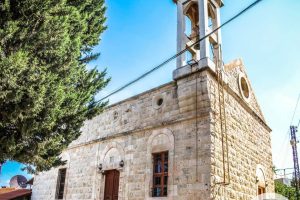
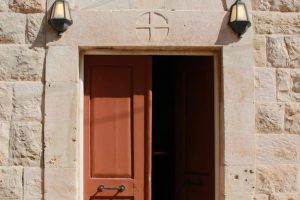

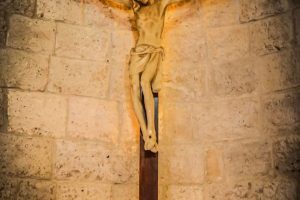
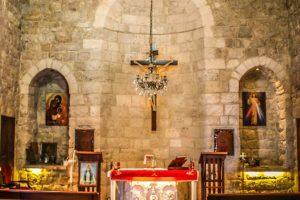
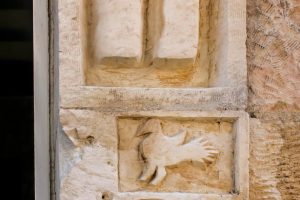
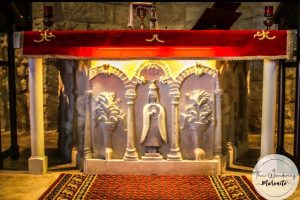
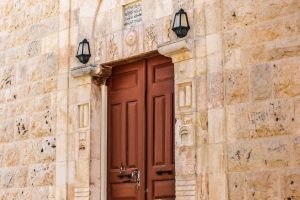
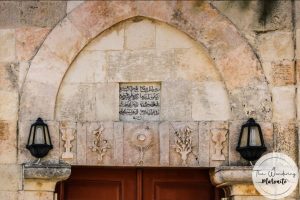









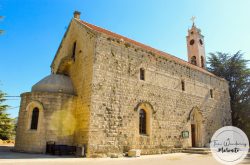
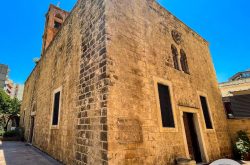
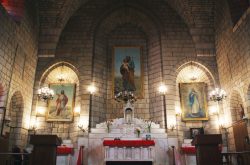
Reviews are disabled, but trackbacks and pingbacks are open.